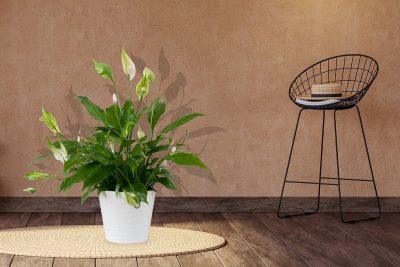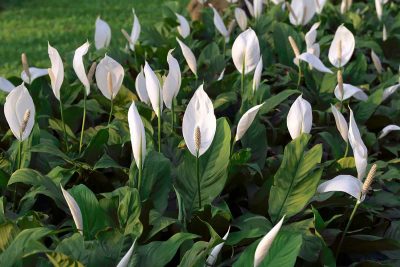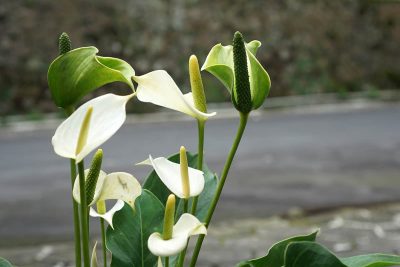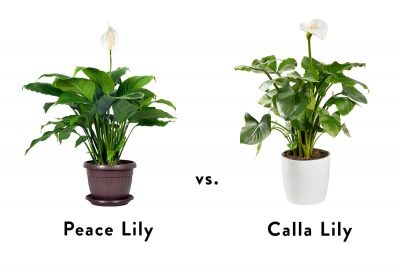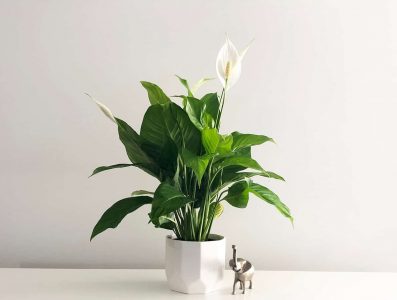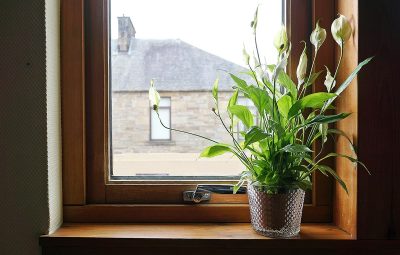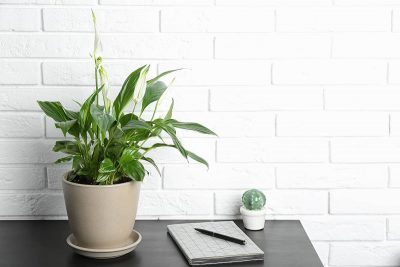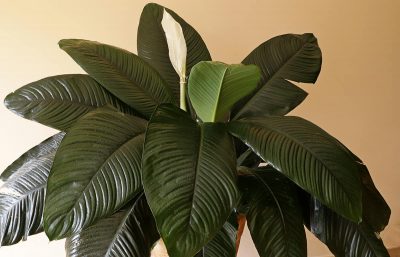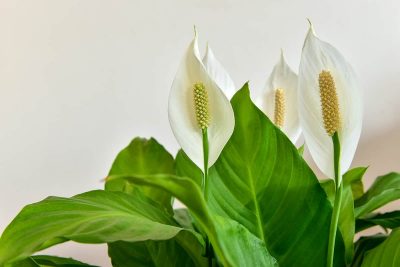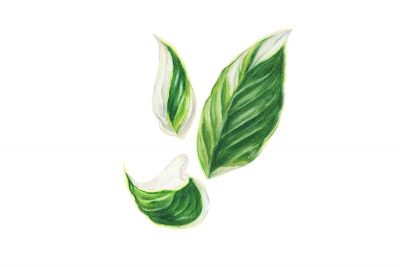Whether you’re a seasoned plant enthusiast or just starting your indoor garden, exploring the different types of Peace Lilies can help you choose the perfect one for your space. Let’s dive into some of the most popular Peace Lily varieties and what makes each one special.
From soggy soil to parched leaves, the signs are clear when we listen. Let’s uncover the secrets to watering the peace lily, ensuring its vibrant blooms and lush foliage thrive in our care.
Imagine sipping your morning coffee, sunlight streaming through the window, casting a warm glow on the lush, white blooms of your peace lily. It’s a picture-perfect scene, but perhaps those blooms have been scarce lately. If you’re looking to transform your peace lily from a green friend into a white blossom spectacle, you’re in the right place.
The Peace Lily has a distinctive look which makes it quite easy to identify, but there are a handful of other plants that have visual similarities to the Peace Lily, and these can sometimes get mistaken for each other. Here we take a look at the main plants that get misidentified as Peace Lilies and detail their distinguishing features so that you can tell them apart.
Peace Lilies and Calla Lilies are often believed to be one and the same, but these two types of ‘lilies’ are actually entirely different plants. Here we look at their differences so that you can tell them apart and ensure they get the appropriate care.
The typical lifespan of most Peace Lilies kept as house plants is between 3 and 5 years, however this is dependent on the care given to the plant, as well as the variety of Peace Lily you have. Many examples of Peace Lily can grow happily for in excess of 10 years when given the correct care.
Peace Lily houseplants are a popular choice among new plant parents, because they have a reputation of being easy to care for. They can tolerate a range of lighting conditions and humidity levels, and they helpfully tell you when they need watering by displaying wilted leaves. Another way that these plants prove to be low maintenance is the way that they can last for many years in the same size pot without needing to be repotted.
Peace Lilies are popular houseplants because they will tolerate a variety of conditions and are easy to care for. They are also beautiful, with their lush green foliage and delicate white flowers. However, Peace Lilies are more than simply pleasant to look at, and in fact they can be used to convey different meanings or signs. Here we look at the history of the Peace Lily and the ways it can be interpreted in symbolism.
The mature size of a Peace Lily will depend upon its variety, as well as its growing conditions. For example, the Picasso Peace Lily can grow to heights of up to 6 feet when kept in its natural habitat, however, when grown as a houseplant, it will rarely exceed 2 feet in height.
There are some varieties of Peace Lily that can grow to be very large, even when kept as houseplants. Here we look at the best giant Peace Lily varieties and how to care for them.
Like all flowers, the blooms of a Peace Lily develop in stages. It is helpful to understand the progression of these stages so that you can spot any potential issues with the plant as soon as they occur, and it can help to ensure you give the Peace Lily the best care. Here we look at Peace Lily flowers in more detail, and explain the various stages of Peace Lily flowering.
The Picasso Peace Lily is among the more sought after varieties of Peace Lily. While you may not find it at your local nursery, it isn’t too hard to get hold of it online from specialist plant retailers. Here we explain the best ways to care for your Picasso Peace Lily.
